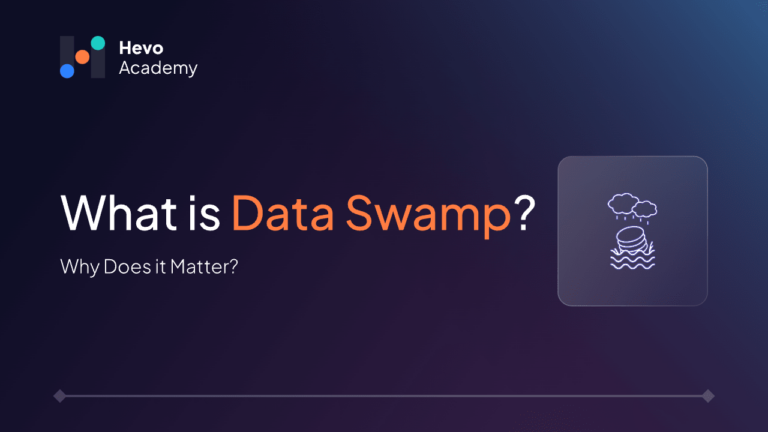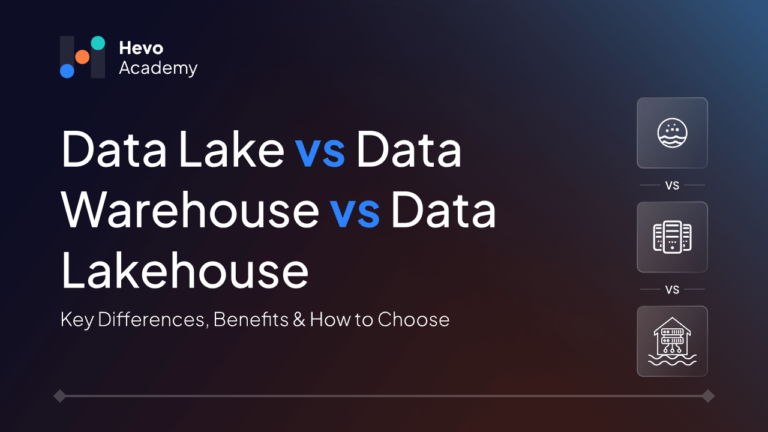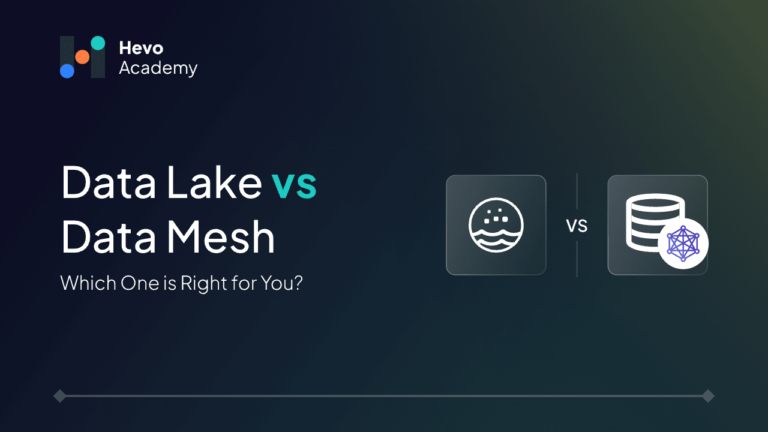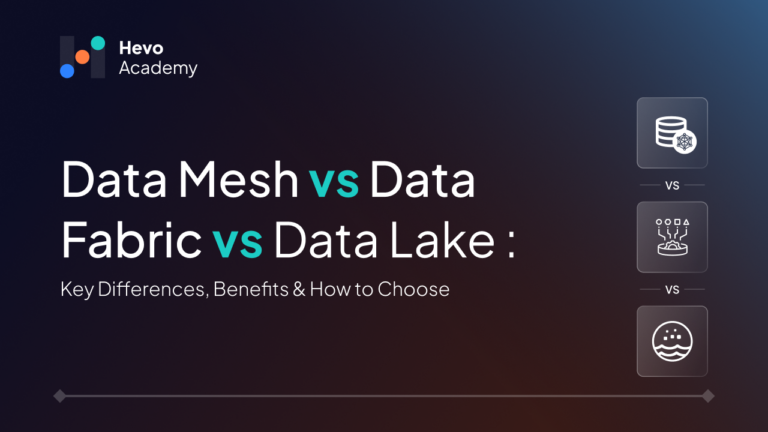Data must be structured, organized, and properly managed to be analyzed thoroughly for better decision-making. Unmanaged and unorganized data is highly vulnerable, unsecured, and challenging for data understanding and analysis.
Table of Contents
Proper data management is critical in today’s business landscape because it allows businesses to make informed decisions based on structured, accurate, reliable data, resulting in improved operational efficiency, better customer understanding, strategic advantage, and, ultimately, increased profitability by reducing errors, optimizing processes, and facilitating timely responses to market changes and customer needs.
In today’s digital era, immense data is generated every second. Statista’s latest report shows approximately 402.74 million terabytes of data are generated daily throughout 2024. It is a task to organize and manage this data in a structured manner to be utilized efficiently as per business requirements. Sometimes, this data is dumped into a data lake without any organization, resulting in a data swamp. The disorganized collection of raw data is a very costly and inefficient affair.
What Is a Data Swamp?
When data management practices are not followed, a deteriorated and unmanageable data lake called a Data Swamp is created. A Data Swamp is created when a huge amount of data is collected from various sources and dumped into a data lake without any formatting or structure. Data Swamp is a collection of raw data which is disorganized and very difficult to access and analyze.
A data swamp is nothing but unorganized data in a data lake without any metadata and governance policies. Thus, it has its consequences.
- There is no data navigation possible in the data swamp.
- Data is vulnerable, and no data governance is applied to it.
- Data in a data swamp is unusable for analytics or decision-making.
- Inefficient use of data lake resources.
- Operational cost increases in terms of time as well as resources.
Key Characteristics of a Data Swamp
Let’s learn the five characteristics of a data swamp to know data swamp better, and that lead us to identify when a data lake converts into a data swamp.
- Poor Data Quality: Lack of data management, data become incomplete, inaccurate, and inconsistent, thus losing its credibility.
- Missing Metadata: Metadata contains crucial information about the structure of data. In the absence of metadata, it is challenging to track and utilize the data for analysis and decision-making.
- No Data Governance: No data governance policies and regulations are applied to data swamps, so data security and integrity go for a toss.
- Security and Compliance Issues: Non-compliance with data protection standards can have legal penalties, reputational damage, and sensitive information exposure.
- Inefficient Use of Resources: Data Swamp uses storage and resources inefficiently, thus reducing the total return on investment for data lake infrastructure.
Data Swamp vs Data Lake: What’s the Difference?
Let’s understand how data swamp is different from data lake. Here is the difference between data swamp and data Lake in tabular format.
| Data Swamp | Data Lake |
| No structure | Structured Data |
| Unorganized data | Data is organized in directories and subdirectories |
| Navigation not possible | Easy to navigate |
| Poor data governance | Data governance policies implemented |
| Poor quality and vulnerable data | Good quality and secured data |
| No value addition to the business | Useful for business analytics and decision-making |
Common Causes Leading to a Data Swamp
Some common causes that lead to Data Swamp are listed below:
- Insufficient Data Cataloging: Without a proper system to organize, catalog, and document data, storing, locating, and utilizing relevant data as per requirement becomes difficult.
- Inconsistent Data Formatting: It is difficult to integrate and analyze when data from different sources is stored in varying formats without standardization.
- Lack of Metadata Management: Insufficient or inaccurate metadata (information about data) and its management make it hard to understand the context and meaning of stored data.
- Absence of Data Governance: The absence of clear data governance policies and procedures to manage data quality, access, and usage leads to uncontrolled data ingestion and storage.
- Inadequate Access Control: Lack of proper user permissions and security measures can lead to unauthorized data modification or deletion. This can lead to leakage of sensitive information and thus generate potential risks.
- Poor Data Ownership: Unclear ownership of data, its quality, and management can lead to neglect of various data issues.
- Lack of Monitoring: Not monitoring regularly can delay the action to prevent the data lake from being converted into a data swamp.
- Irregular Data Maintenance: Regular data maintenance is required to remove errors and inconsistencies in data; otherwise, data quality degrades over time.
Risks and Challenges Associated with Data Swamps
A data swamp leads to significant risks like difficulty in extracting valuable information, increased security vulnerabilities, governance compliance issues, and hindered decision-making due to unreliable data. Below are the key risks and challenges associated with data swamps:
- Inadequate Data Quality: Lack of data quality checks can lead to inconsistent, inaccurate, or incomplete data, resulting in unreliable analysis and defective insights.
- Insufficient Metadata: The lack of metadata that contains information about data origin, format, structure, sources, and the link between data and meaning makes it difficult to understand and utilize the data effectively.
- Absence of Data Governance: The absence of clear governance policies and procedures for data ingestion, organization, and access control leads to uncontrolled data accumulation and potential misuse and impacts trust and reliability.
- Access Control Violation: Increased risk of data breaches and sensitive information leakage due to lack of proper access controls and security measures on sensitive data.
- Compliance Violations: Difficulty adhering to regulatory requirements due to poor data management practices and lack of data privacy controls, ownership, and stewardship for data.
- Performance Issues: Improper, unorganized, and large data volume data can lead to inefficient data processing, resulting in slow query response times and poor performance.
- Poor Analytics and Decision-Making: Because of a lack of structure and poor quality data in the data swamp, extracting meaningful insights from it is challenging. Poor analytics can result in inadequate business decisions, thus resulting in financial loss as well.
- Increased Operational Costs: Time and resources spent on cleaning, organizing, and validating data to make it usable. Also, the cost of storage space for data that cannot be efficiently used for business purposes is unbearable.
Best Practices for Preventing and Managing Data Swamps
Data Swamp is poorly organized and unstructured data in a data lake. Some best practices are followed for effectively transforming the data into a well-structured data lake where information is readily accessible and usable. These best practices are elaborated on below:
- Data Cataloging: Data cataloging is very important for understanding the data. Cataloging all data sources and descriptions and knowing the data storage location is important. With data cataloging, users can quickly discover and access the required data for analysis.
- Metadata Management: Creating and managing updated metadata,, including data source, format, and schema, is essential for easy access and usage of data.
- Data Governance Establishment: Data Quality standards should be maintained by defining data formatting, structure, and accuracy guidelines. Define clear ownership and stewardship roles, and ensure that only authorized persons can access the data.
- Data Monitoring and Maintenance: Data quality is essential to prevent a data lake from converting to a data swamp. Once the issue is identified, an alert should be set to address the problem proactively.
- Data Lake Architecture Implementation: An efficient data lake architecture must be defined to store raw data securely and efficiently. Partitioning and compression techniques must be used to improve data storage and retrieval in data lakes.
Conclusion
Properly managing a data lake is required to avoid becoming a data lake into a data swamp. Data management is a combination of data cataloging, proper strategic planning of data lake architecture, metadata management, applying governance policies, security measures, and regular monitoring and maintenance. To reap the potential benefits of a data lake, it is critical to ensure data management and governance in the data lake.
If you are looking for a reliable and cost-effective data migration solution, try Hevo. Sign up for a 14-day free trial and experience seamless data replication.
FAQs
1. What is the difference between a data lake and a data swamp?
A “data lake” is a well-organized repository for storing large volumes of raw data in various formats, whereas a “data swamp” is essentially a poorly managed data lake, where data is disorganized, lacks proper structure, and is difficult to access and analyze due to poor governance, insufficient metadata, and inconsistent data quality; in other words, a chaotic collection of data with little usability.
2. What is the difference between data lake and data Lakehouse?
A data lake stores raw data, while a data lakehouse combines data lakes and data warehouses to store both raw and structured data. Data lakehouses store and process data for analytics and BI. It offers more flexibility and high-performing analytics than data lakes.
3. How to fix the data swamp?
Data swamp can be fixed by following proper data management policies. Data quality standards need to be established, metadata management, data cataloging, regular data cleansing, and access controls, implement strong data governance practices, effectively transforming the data into a well-structured “data lake” where information is readily accessible and usable.
4. What is the difference between a data pool and a data lake?
A data pool is a centralized repository of data sharing structured data among various users or departments. It is fully organized and ready to use among various teams or partners with a consistent and well-structured data format. The data lake collects all the raw data from various sources for further processing and analysis.






